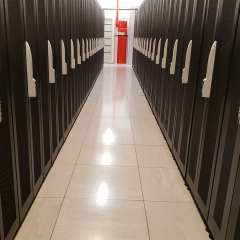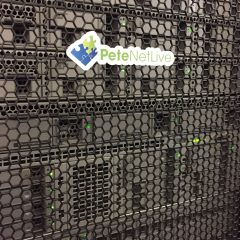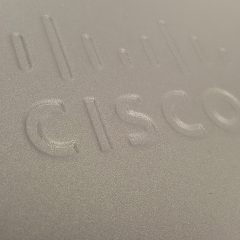SmoothWall – Allowing Windows Updates and Windows Activation
KB ID 0000441 Problem I’ve had fun this week installing a new virtual environment for a client with a SmoothWall firewall. It took a call to SmoothWall support for me to get Windows updates to work, then after activating a few 2008 R2 servers via phone, I was motivated to get online activation running as well. Windows Activation Error – (We are being blocked by the SmoothWall Proxy). A problem occurred when Windows tried...
Windows Update Error 80072EFD
KB ID 0000440 Problem While attempting to run a Windows Update you see the following error. Code 80072EFD Windows Update encountered an unknown error. Get help with this error. Solution Note: There seems to be a few causes of this error, but in my case it was the proxy server. 1. Assuming you have a proxy set in your web browser settings (Internet Options > Connections > LAN Settings > Set proxy settings accordingly). Note:...
Windows Update Error – 80243004
KB ID 0000643 Problem Seen on Server 2008, when attempting to run Windows update. Code 80243004 Windows Update encountered an unknown error Solution Without a doubt the strangest fix I’ve ever seen! 1. Right click the Taskbar > Properties > Taskbar Tab > Customize. 2. Tick the box that says “Always show all icons and notifications on the taksbar” > OK. 3. Retry your Windows updates. Related Articles,...
Windows Update Error C8000710
KB ID 0000769 Problem Seen when attempting to perform windows update. Solution If you didn’t already know, then your problems have just got bigger, this error indicates there’s not enough room on the drive. Find Out What’s Filled up the Hard Drive Related Articles, References, Credits, or External Links NA
Outlook Error 0x800CCC0F – Using POP3 To Exchange – Behind a Cisco CSC (Trend InterScan) Module
KB ID 0000642 Problem I upgraded a clients firewall and CSC software a couple of weeks ago, and ever since “some” users saw the following errors, Error 0x800CCC0F Task ‘{email address} – Sending’ reports error (0x800CCC0F): #The connection to the server was interrupted. If the problem continues, contact your server administrator or Internet service provider (ISP).’ Eventually it would time out...




